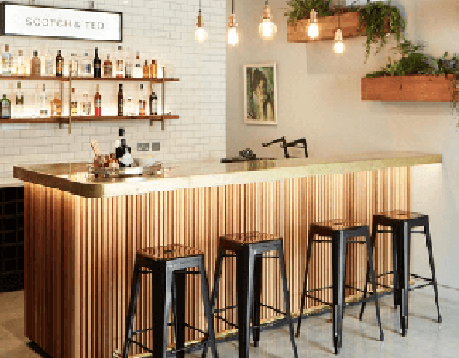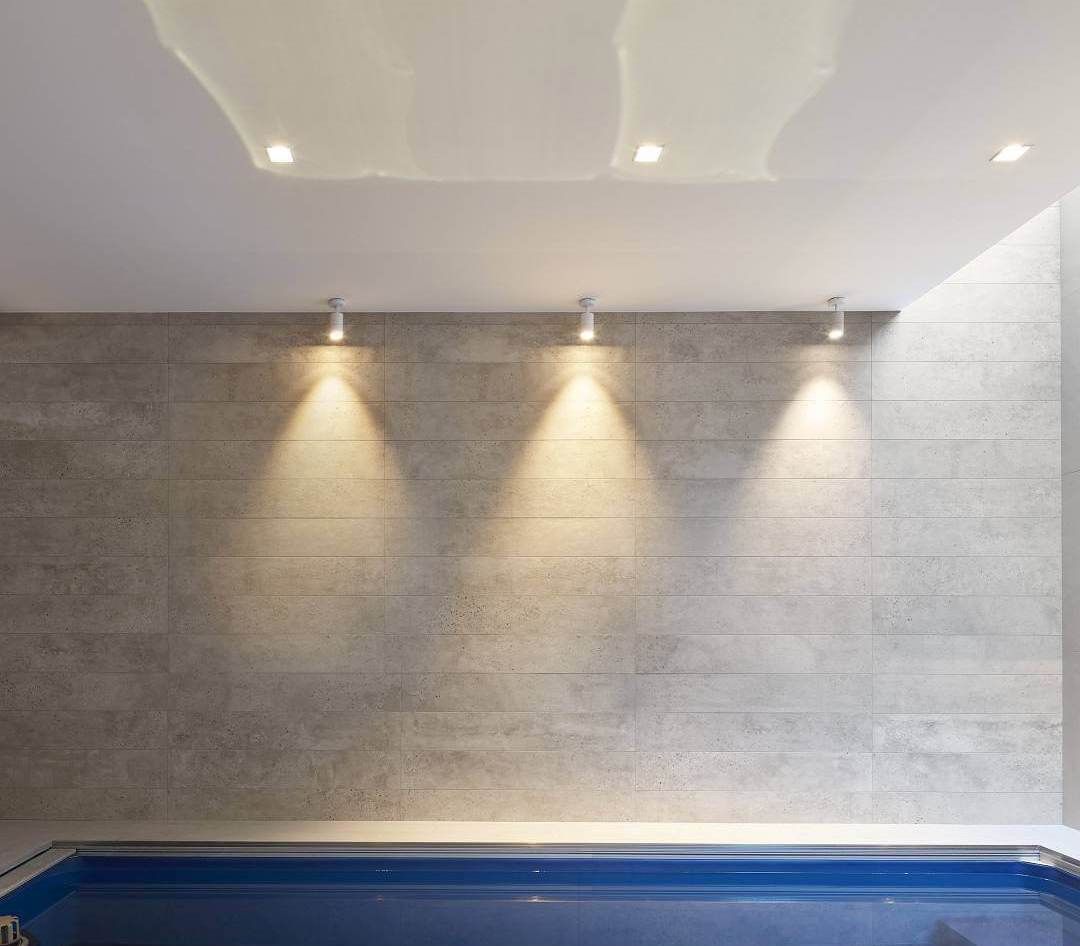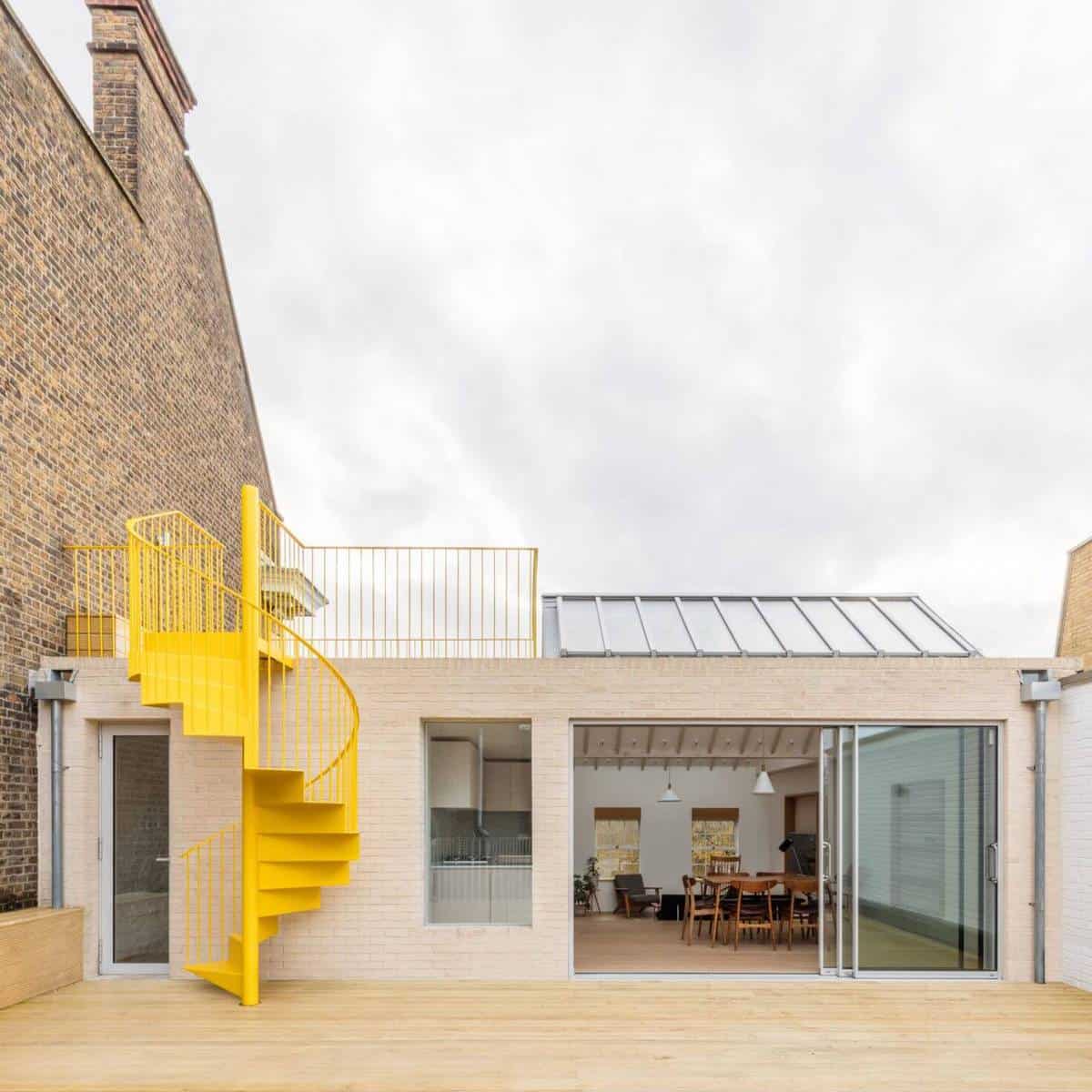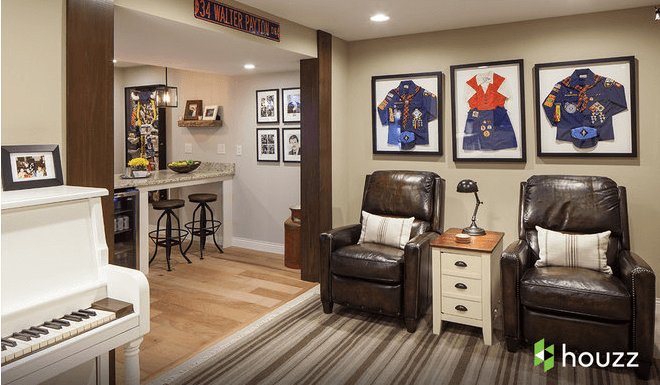The word ‘basement’ often conjures up images of darkness, dinginess and fear… well, if you are a movie buff that is. However, in our world, basements are literally a dream come true.
They are a symbol of luxury with basements being converted into spaces such as cinema rooms, swimming pools, gyms and family rooms… a far cry from the images of darkness often depicted in the movies.
In London particularly, in areas such as Fulham, Chelsea, Kensington and Knightsbridge, basement conversions are a source of pride and envy amongst friends and family; each one grander than the next.
One of the most important, but sometimes overlooked aspects about basement conversions is lighting. Given, it’s position within the home, both literally and figuratively, basement lighting needs to be a well-thought out plan.
If you are converting your basement, we recommend working with your lighting designer and builder to create a lighting plan that suits the purpose of the room, whether it’s a TV/Cinema room, gym or wine cellar.
Basements, by virtue of their location, do not get much natural light. One of the key factors when designing the lighting is to understand where there is, if at all, any natural light and how to best make use of it and maximise its impact within the space.
On a slightly technical note… although your lighting designer and builder will know this, it’s always good to know a little something yourself
Think about the ambient lighting. The ambient lighting is the overall lighting in the room. How bright do you want your space? If it’s a cinema room for example, you may want a more subdued form of lighting than if it’s a games room.
Ceiling lights are normally recommended to create enough light for a dark space. Explore ways of getting light into the ceiling through wall lights or coffer details. Often, washing the walls with light will help the space feel light and bright.
That leads on to the colour of the room. If your light is designed to reflect the walls, to “wash the room,” think about using lighter colours for the walls. Lighter colours reflect light better, especially if your basement does not get much natural light,
LED lights are usually the most commonly used as they are both energy efficient and bright.
One of the clever things many lighting designers do is to create fake skylights using artificial lights to replicate the colour temperature of the natural light. Check with your lighting designer if this is possible… you may not need it if you have some natural light coming through.
It’s important to think about making basement lighting flexible and this can be done through a combination of adjustable fittings, lighting tracks, spotlights and 5 amp sockets for floor and table lamps.
Discuss using multi lighting circuits with your electrician and lighting designer to ensure this flexibility.
Another way of being creative is to use coloured lighting to emphasise the main features of the room particularly a gym or cinema room. But be careful not to overdo it or your home can look like a seedy nightclub.
With limited ceiling heights, basement conversion lighting needs to be clever and well-designed. Whilst you may have a good idea of the lighting you want in your basement; we recommend you consult a building team (like us[Symbol]) who work with an experienced lighting designer to transform a dark space like a basement into something truly spectacular. You never know what clever solutions we can come up with.
Give us a call if you’d like to discuss your basement conversion plans and how lighting might work to enhance the look and feel of the space. . We can be contacted on 0208 191 7595 or email us at [email protected] to discuss how we can help.
Book Your FREE Property Refurbishment Consultation
Book a free consultation in the comfort of your own home and share your design ideas with us. Our team will then come up with a unique solution for you and your home.





